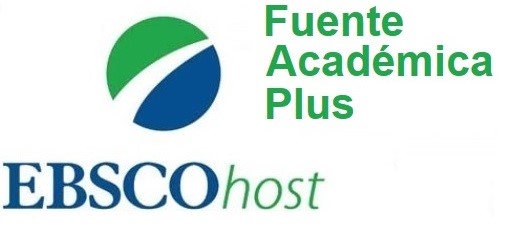ADSORPTION OF CADMIUM FROM AN AQUEOUS SOLUTION ON ACTIVATED COAL FROM BAGASSE OF SUGARCANE ROXA VARIETY
Keywords:
activated carbon, adsorption kineticAbstract
Introduction:
Activated coal is used for elimination of contaminants in industry. The preparation of activated coal is studied in this work using cane bagasse as precursor.
Objective:
To obtain activated coal with good adsorptive properties from sugarcane bagasse, Roxa de Mozambique variety.
Materials and Methods:
The preparation is carried out by "chemistry methods" using different temperatures (600 and 800 °C). The adsorbents obtained in this research are evaluated through
discoloration capacity from a methylene blue solution. The product that was chosen is subjected to several physical chemistry assays for its characterization in order to be used as sorbent for Cd (II) ions from aqueous solutions.
Results and Discussion:
From the kinetic point of view the process follows a mechanism pseudo-second order where the diffusion factor is important. The Dubinin-Raduskevich model is satisfactory explaining the adsorptive process.
Conclusions:
Sugarcane bagasse is a suitable precursor for obtaining “chemical” carbons with moderate adsorption capacities of Cd (II) ions in aqueous solutions. Activated coals
prepared by “chemical” activation under operational conditions of 800 oC and 120 minutes show the best results in methylene blue adsorption.
Downloads
Published
How to Cite
Issue
Section
License

This work is licensed under a Creative Commons Attribution-NonCommercial 4.0 International License.




















